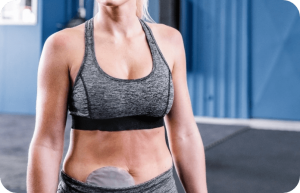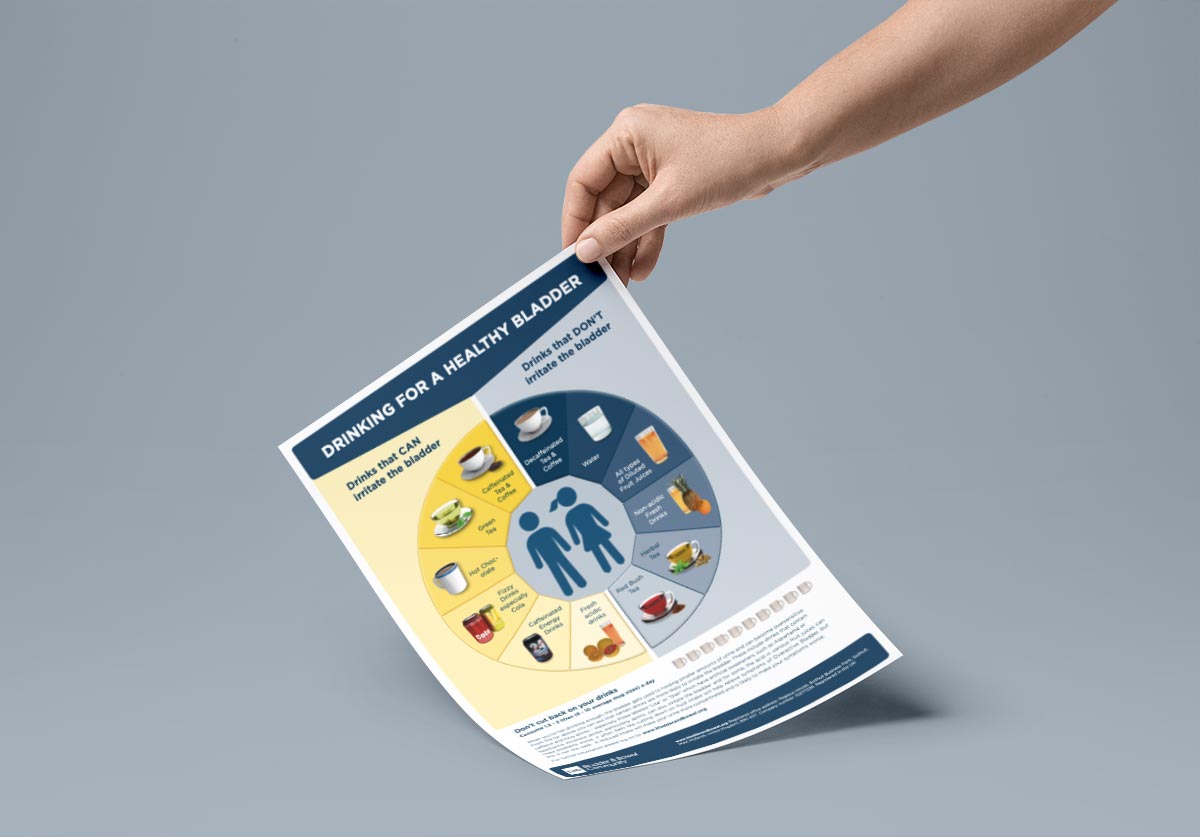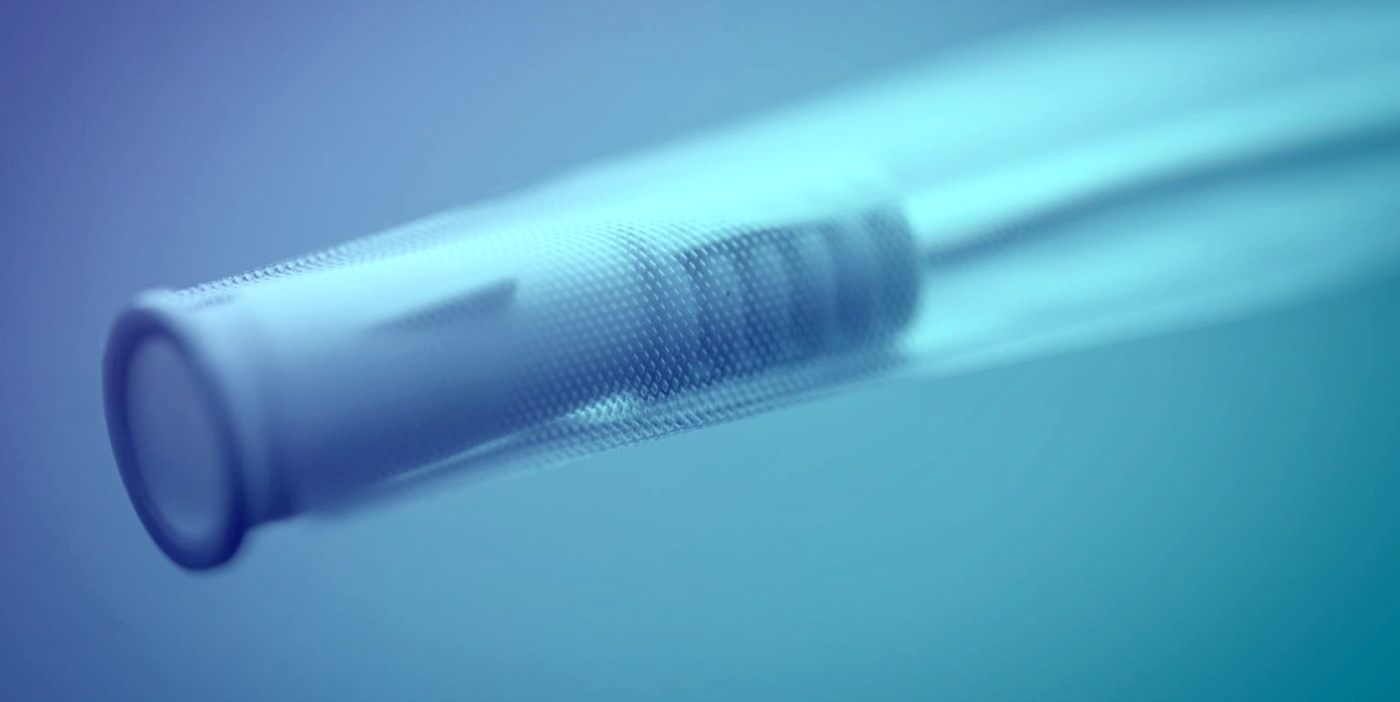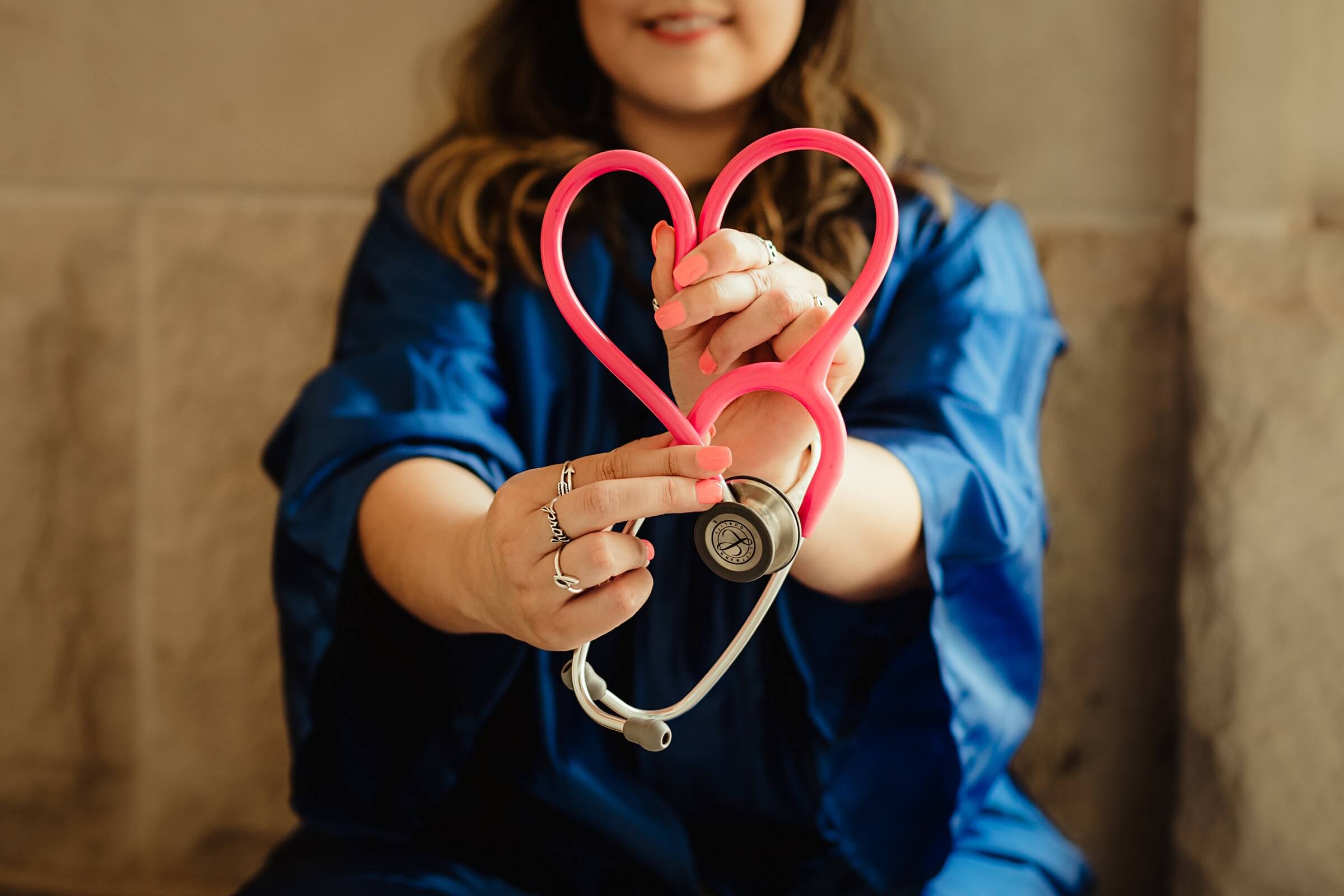If you have been given a continent urinary diversion you will need to learn how to use a catheter to empty the urinary reservoir completely in a clean safe manner. You will initially be shown how to do this by your specialist nurse after your operation.
However there are a number of complications associated with urinary diversion that you may encounter.
Problems with urinary diversions do occur and may include:
- Alterations in fluid and/or salt balance
- Difficulties in inserting the tube into the stoma
- Problems with the skin growing over the stoma and general complications that might occur as a result of the abdominal operation
- Bowel obstruction, urine leakage and bowel leakage
- Urine infections
- Mucus build up which may lead to formation of stones
- Skin soreness around stoma
- For neobladder – Sexual dysfunction for both men and women if surgery was for bladder cancer.
In general urinary diversions are very successful and most patients are able to get back into normal everyday activities and lifestyle. However the first few months after surgery can be very difficult.
Living with urinary diversion
Although it is daunting at first, you will become used to using a catheter after time. It is very important that you drain the urine completely each time you self-catheterise. If urine is left after you catheterise or if you do not take in enough fluids, it may make you prone to urine infections or lead to the formation of stones.
Aim to drink at least 1.5- 2 litres of fluids a day, and try to avoid fizzy drinks and alcohol.
Healthy Drinking
[BBC:021] Healthy Drinking
Did you know that what you drink can affect your bladder? This helpful guide from University Hospitals of Leicester explains simply which drinks can irritate your bladder.
After Urinary Diversion Surgery
For the first weeks after the operation, the reservoir will not hold as much urine as a normal adult bladder. This means that you will need to drain it more frequently, as often as every two hours. As the reservoir stretches over time, this will improve, but you should never go for more than six hours without catheterising.
If you have been given a non-continent urinary diversion the stoma therapist will advise you on suitable stoma appliances and give you instruction on how to care for the stoma. The stoma bag can be a one or two piece system. In a two piece collecting system the base plate (flange) and bag come as separate components. The base plate fits around the stoma and sticks onto your abdomen. The bag is then clipped onto the base plate.
Some patients prefer a one piece system where the bag and base plate come already attached to each other. Urine collects in the stoma bag on your abdomen and you can empty it out via a tap at the bottom of the bag.
Your specialist nurse will also advise you about how to obtain supplies of catheters and other equipment like wipes, disposal bags and dressings to protect your stoma from friction with your clothes. We run our own Bladder & Bowel Home Delivery service, and can provide all of your urostomy, wound care and prescription medications delivered right to your front door – find out more.
Further Information
If you are concerned about your urinary diversion and it is starting to affect your day to day life make an appointment to see your doctor. You can find out more general information about Urinary Diversion in our Surgical information.
For further support please contact the Urostomy Association. They offer support, reassurance and practical information to anyone who may be about to undergo, or who has already had surgery resulting in a urostomy, continent urinary pouch or a neo-bladder. Appropriate support and advice is also offered to families and carers both before and after surgery.
Home Delivery
Bladder & Bowel Home Delivery service provides all of your urology, ostomy, wound care and prescription medication delivered right to your front door. With FREE Just Can’t Wait Card, Radar Key and Complimentary Items.











